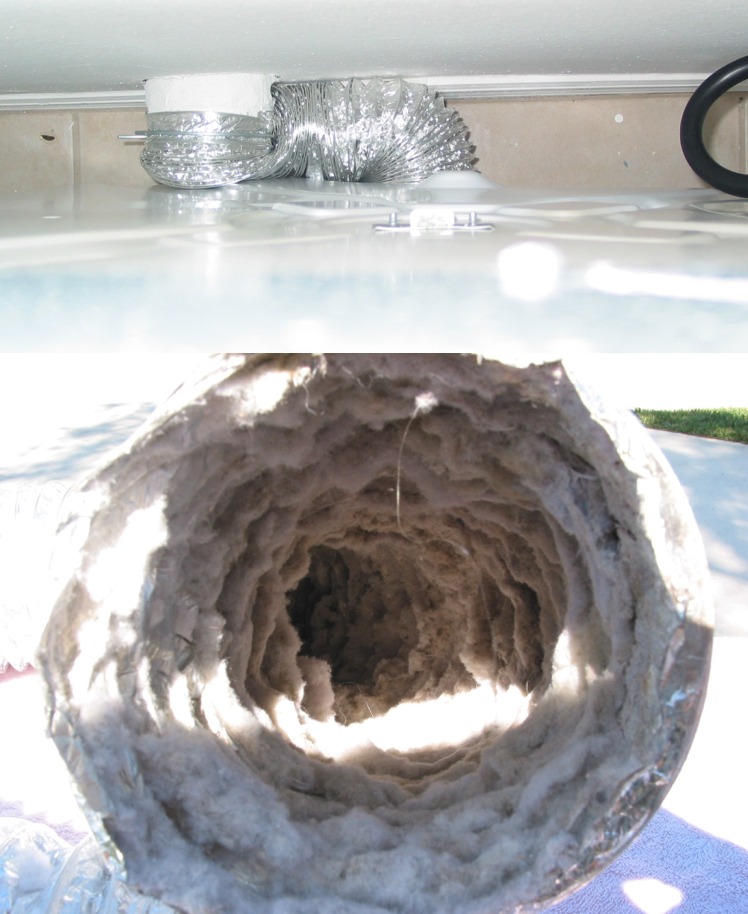Dryer Repair in Port St. Lucie, FL: Fast, Reliable Solutions at Your Doorstep
772-501-9870

Is your dryer leaving your clothes damp? Are you noticing strange noises or a burning smell? Don’t let a malfunctioning dryer disrupt your daily routine. Port St. Lucie Appliance Repair is your trusted local expert for dryer repair in Port St. Lucie, FL, offering prompt, professional, and affordable solutions. We understand the inconvenience of a broken dryer, and we’re committed to getting your appliance back to optimal performance quickly and efficiently.
Our team of experienced technicians specializes in dryer repair for all major brands, including Whirlpool, Samsung, LG, Maytag, GE, and more. We handle a wide range of dryer issues, from simple fixes like replacing a worn belt to complex repairs involving heating elements, motors, and control boards. If your dryer won’t heat, dryer isn’t tumbling, or dryer is making loud noises, we have the knowledge and tools to diagnose and resolve the problem.
772-501-9870
Why Choose Port St. Lucie Appliance Repair for Your Dryer Needs?
- Fast, Same-Day Service: We understand the urgency of dryer repairs. We strive to provide same-day service whenever possible, minimizing your downtime.
- Local Expertise: We’re a locally owned and operated business serving the Port St. Lucie community. We’re your neighbors, and we’re dedicated to providing exceptional service.
- Experienced Technicians: Our technicians are factory-trained and highly skilled in dryer repair. They stay up-to-date with the latest appliance technologies to ensure accurate diagnoses and effective repairs.
- Transparent Pricing: We provide upfront quotes with no hidden fees. You’ll know the cost of your dryer repair before we begin any work.
- Quality Parts: We use only genuine or high-quality replacement parts to ensure lasting repairs and optimal performance.
- Guaranteed Repairs: We stand behind our work with a 90-day warranty on parts and labor.
Common Dryer Problems We Fix:
- Dryer Not Heating: This could be due to a faulty heating element, thermostat, or thermal fuse.
- Dryer Not Tumbling: This may indicate a problem with the belt, motor, or rollers.
- Dryer Making Loud Noises: Strange noises can be caused by worn bearings, rollers, or a damaged blower wheel.
- Dryer Not Drying Clothes: This could be due to a clogged vent, faulty sensor, or heating element issue.
- Dryer Smells Like Burning: A burning smell is a serious safety hazard and requires immediate attention.
- Dryer Door Not Closing: This can prevent the dryer from operating correctly.
- Dryer Error Codes: Modern dryers display error codes that provide valuable diagnostic information.
We understand that a broken dryer can be a major inconvenience. That’s why we’re committed to providing fast, reliable, and affordable dryer repair in Port St. Lucie, FL. We’ll work diligently to get your dryer back to working order, so you can get back to your daily routine.
Don’t let a malfunctioning dryer disrupt your life. Call Port St. Lucie Appliance Repair today at 772-501-9870 to schedule an appointment. We’re here to help you get your dryer running smoothly again. We pride ourselves on providing exceptional customer service and quality repairs. Trust us to be your go-to source for all your dryer repair needs in Port St. Lucie, FL.



